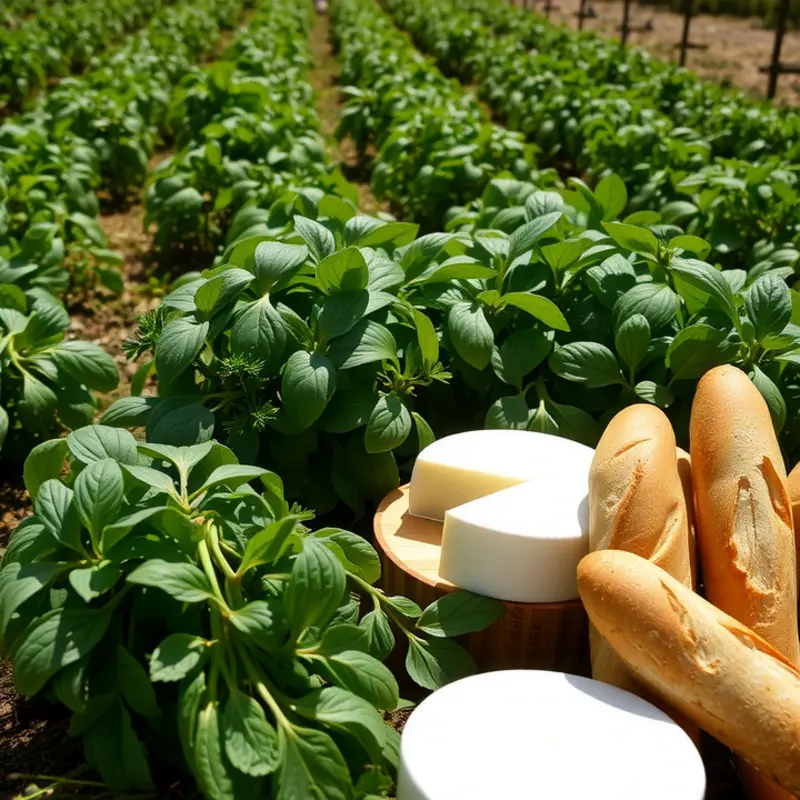Every country presents a feast for the senses, showcasing diverse flavors that tell stories of culture, history, and tradition. From mouthwatering street foods to hearty home-cooked meals, local flavors create a connection between communities and their heritage. As we embark on this flavorful journey, we’ll delve into distinct culinary identities that make each nation’s kitchen unique, inviting food enthusiasts and the culturally curious to savor what the world has to offer.
France: Savoring Tradition on Every Plate

French cuisine is synonymous with elegance and tradition, telling stories through its regional specialties. Each dish serves as a flavorful page in the culinary book of France, rooted deeply in local ingredients and customs.
Paris, the heart of France, is often seen as the beacon of French gastronomy. The city’s iconic buttery croissant is more than a breakfast item; it’s a testament to the art of pastry making that hails back centuries. Flaky, golden, and delicate, it perfectly embodies the Parisian dedication to technique and quality. For more on pastry traditions, explore global influences.
Travel south to Burgundy, and you’ll discover Boeuf Bourguignon, a rich stew of beef braised in red wine, flavored with garlic, onions, and herbs. This dish exemplifies French countryside cooking, elevating simple ingredients into a luxurious experience over a slow, attentive cooking process. It’s a reflection of Burgundy’s storied vineyards, where wine is more than a beverage; it’s a way of life.
Then there’s the Loire Valley, known for its lush gardens and fertile soil, which lends itself to dishes that celebrate the earth’s bounty. One such dish is Tarte Tatin, an upside-down caramelized apple tart. Simple yet exquisite, it captures the essence of the region’s agricultural wealth.
Moving towards the southern coast, the vibrant city of Marseille offers bouillabaisse, a hearty fish stew that combines the freshest seafood with Provencal herbs and spices. This dish highlights the Mediterranean influences and the integral role of local fishing traditions. The saffron-infused broth is a celebration of the sea’s offerings, resonating with the rich tapestry of culture in Provence.
In the mountainous regions of Savoy, cheese reigns supreme. The comforting dish of Raclette, featuring melted cheese scraped over boiled potatoes, pickles, and cured meats, is a testament to the region’s dairy-rich heritage. It speaks to a culture of warmth and hospitality, where meals are shared in the company of friends and family.
Each of these dishes is a reflection of not just varied landscapes, but of the cultural nuances that make French cuisine a tapestry of flavor and tradition. Understanding these regional specialties provides a window into the French way of life, where food is much more than sustenance; it’s a celebration of identity and heritage. France’s culinary prowess is evident in how it utilizes local ingredients to create dishes that are both specific to their region yet universally admired across the globe.
Final words
Each country’s culinary landscape is not merely about food; it’s a tapestry woven with history, culture, and local traditions. The flavors tell the stories of the people, their struggles, celebrations, and everyday lives. Through the dishes of each region—from the unmistakable tartness of French ratatouille to the delicate umami of Japanese dashi—we appreciate how local ingredients shape flavors and foster community bonds. Savoring local cuisine is a journey worth undertaking, as it connects us across borders and deepens our understanding of cultures worldwide. Each meal is an invitation to explore the dreams and history of a place far beyond its plates.








